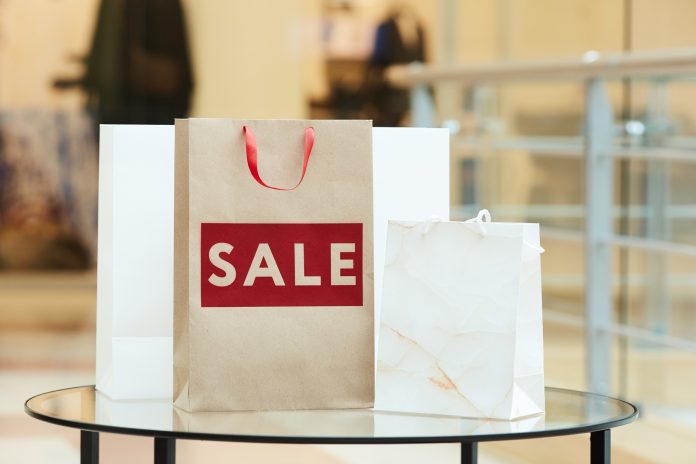Key Takeaways
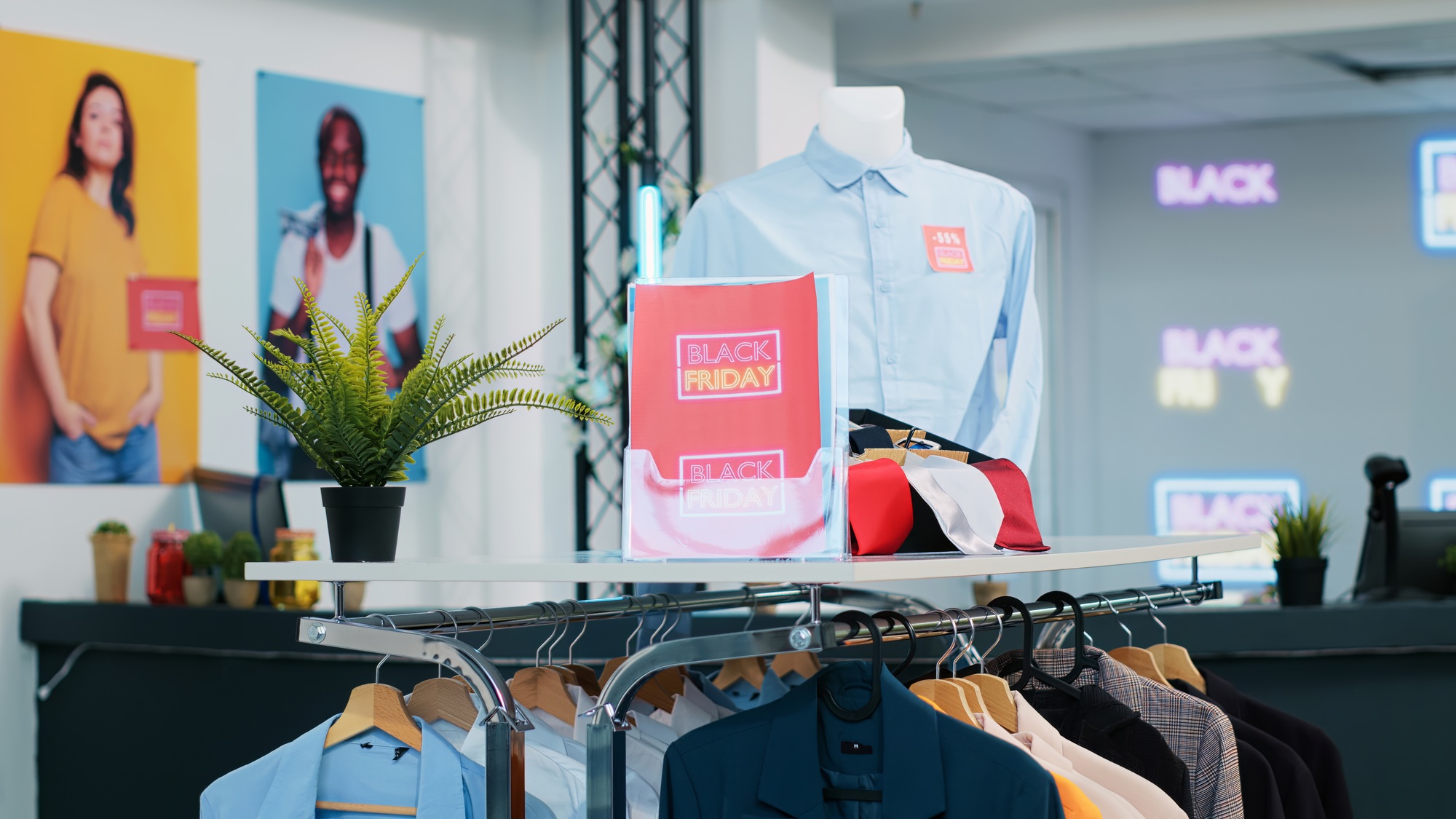
- Engaging Atmosphere: In-store marketing creates an immersive experience through strategic store layout, appealing colors, and music, enhancing customer engagement and satisfaction.
- Eye-Catching Displays: Visual merchandising tactics, like interactive displays and thematic setups, capture customer attention and encourage exploration.
- Strategic Product Placement: Positioning high-demand items effectively and grouping complementary products can facilitate impulse buys and maximize sales opportunities.
- Promotional Signage: Clear and impactful signage highlighting discounts or new arrivals drives customer actions and enhances engagement with promotions.
- Technology Integration: Utilizing digital displays and mobile integration enhances customer interaction and personalizes shopping experiences, increasing loyalty and traffic.
- Performance Measurement: Tracking key performance indicators (KPIs) like sales, revenue, and customer retention is essential for refining in-store marketing strategies.
In-store marketing is more than just placing products on shelves; it’s about creating an immersive experience that captivates customers. You might not realize it, but the way a store is laid out, the colors used, and even the music playing can significantly influence your shopping decisions. Understanding these elements can help you harness the power of in-store marketing to boost sales and enhance customer engagement.
As you navigate through a store, you’re not just looking for items on your shopping list. You’re also subconsciously reacting to various marketing strategies designed to draw you in. From eye-catching displays to strategic product placements, in-store marketing plays a crucial role in shaping your shopping experience. Let’s dive into the essential tactics that can transform a simple shopping trip into an unforgettable journey.
Overview of In Store Marketing
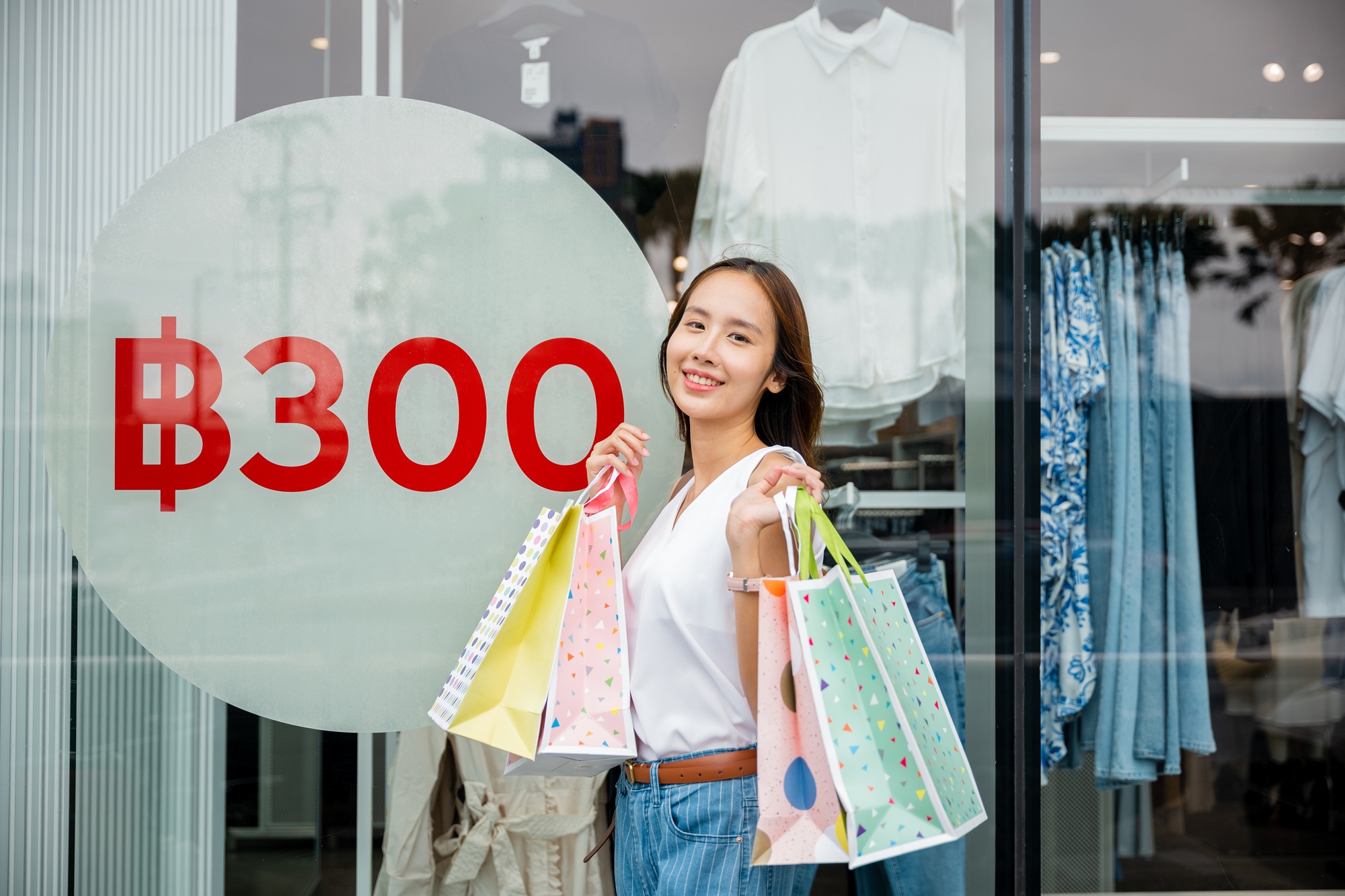
In-store marketing encompasses various strategies designed to enhance the shopping experience within your retail environment. It focuses on creating an engaging atmosphere through effective store layout, appealing color schemes, and strategically chosen music. These elements work together to influence customer behavior and encourage purchases.
Utilizing eye-catching displays is crucial for attracting customers’ attention to specific products. These displays can highlight promotions, seasonal items, or new arrivals, making them easier for shoppers to discover. Furthermore, strategic product placements that consider shoppers’ natural movement patterns facilitate easier access to items and enhance the likelihood of impulse buys.
Incorporating local marketing tactics can help small businesses connect with their community. This includes promoting local products or event-based marketing that resonates with your audience. Leveraging social media to announce in-store promotions can also drive traffic to your physical location, amplifying your marketing efforts.
By focusing on these in-store marketing strategies, you can create a more immersive shopping environment that not only boosts sales but also fosters customer loyalty.
Importance of In Store Marketing
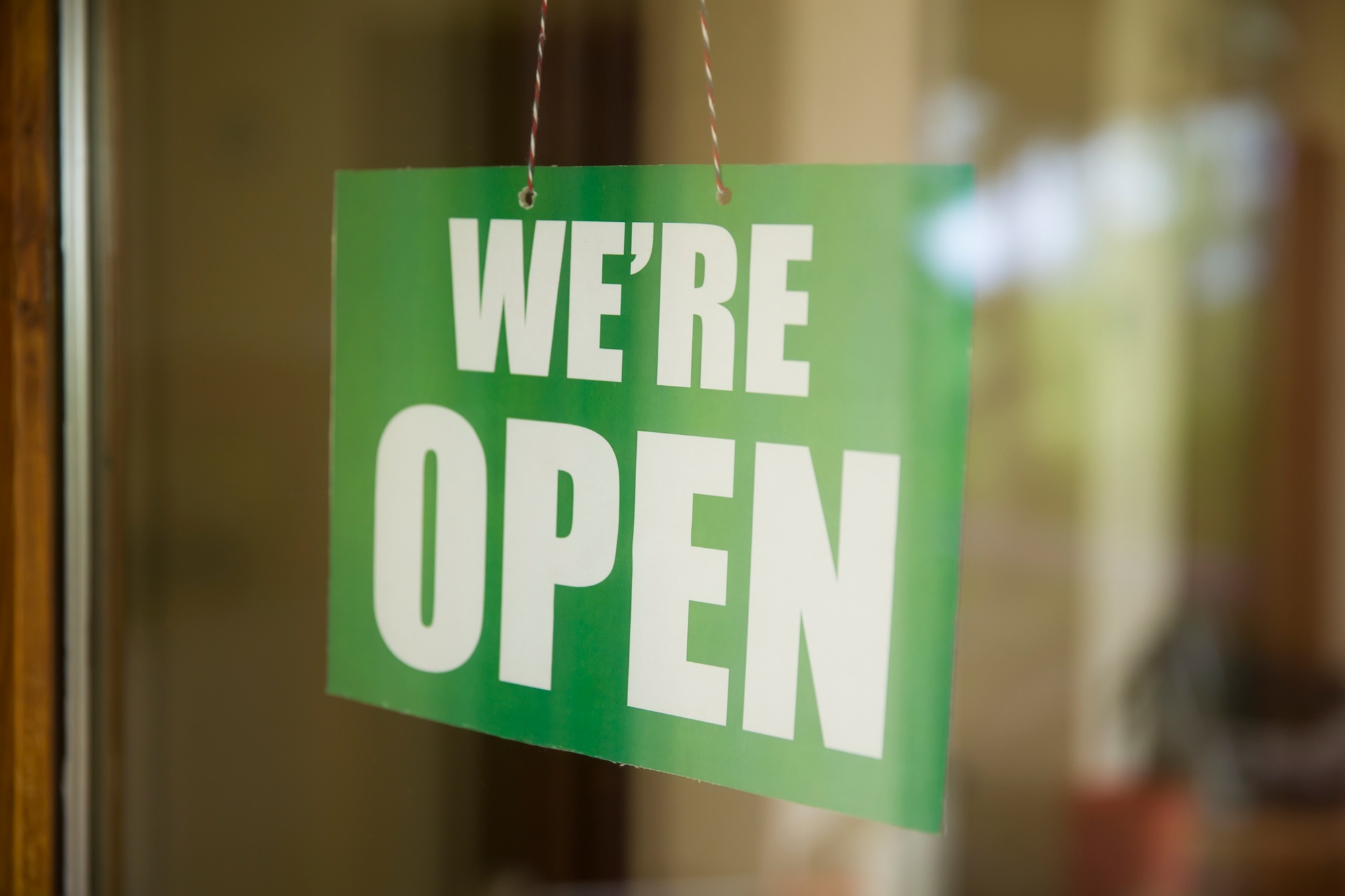
In-store marketing plays a vital role in shaping customer interactions and driving business outcomes. Engaging your customers effectively can enhance their experience and stimulate sales.
Enhancing Customer Experience
In-store marketing strategies create an inviting atmosphere, crucial for small businesses. By using eye-catching displays, you attract attention to your local products, making them more appealing. A well-thought-out store layout, combined with thoughtful color schemes and music, facilitates an enjoyable shopping experience. When customers feel engaged, they’re more likely to spend time exploring your offerings, leading to better customer satisfaction and loyalty.
Driving Sales
Effective in-store marketing directly influences your sales figures. For instance, creating promotions that highlight your unique selling points encourages upselling and cross-selling. Utilizing local marketing tactics, such as social media promotions, drives traffic to your physical location. This targeted approach boosts your visibility and attracts foot traffic, directly impacting your revenue. By strategically placing products, you facilitate easy access and encourage impulse buys, ultimately maximizing sales opportunities.
Common Strategies in In Store Marketing
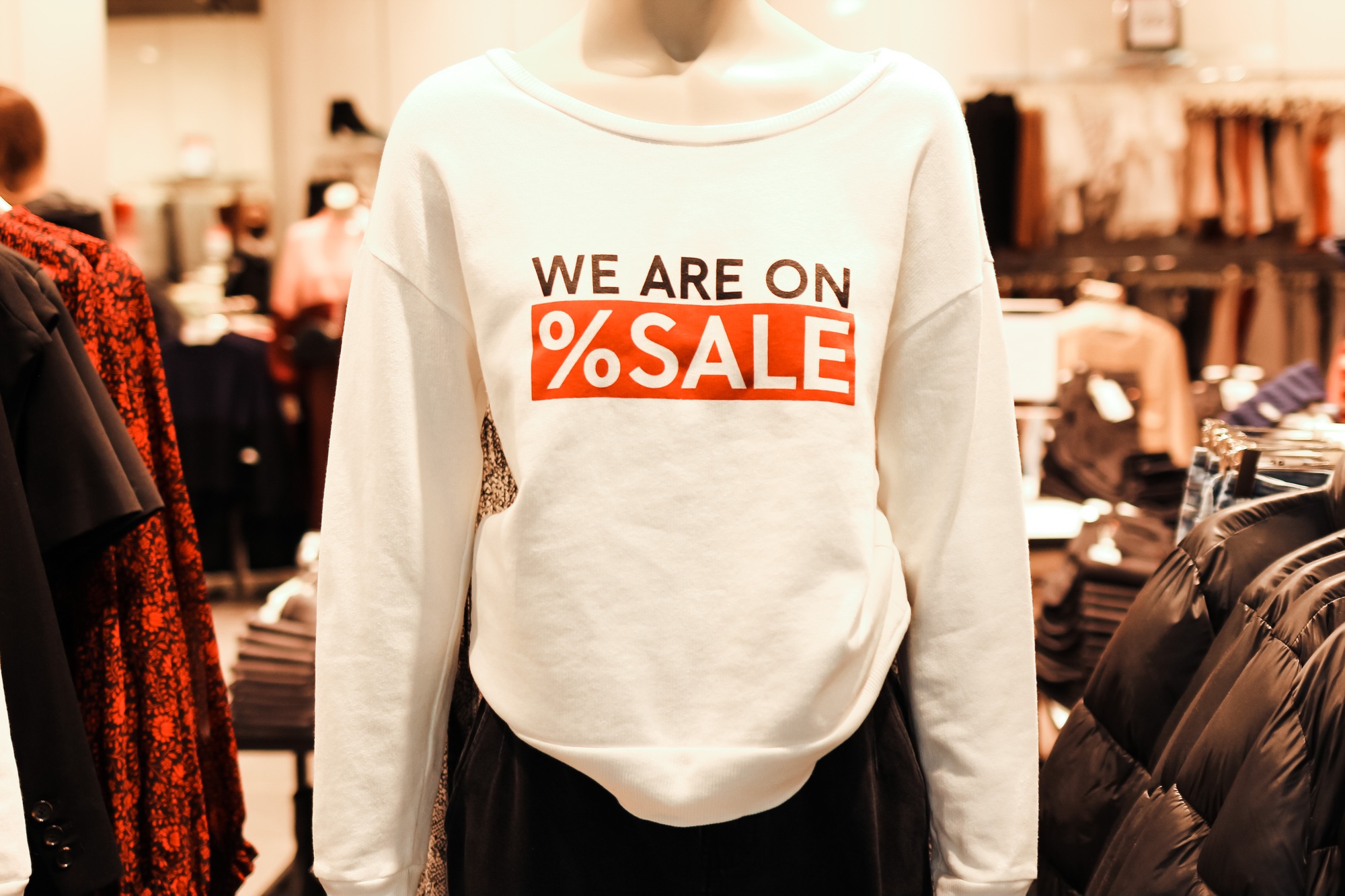
In-store marketing leverages various strategies that significantly impact customer engagement and purchase decisions. Here are key tactics to enhance your store’s effectiveness.
Visual Merchandising
Visual merchandising captivates customers by creating an appealing store environment. You can use eye-catching displays like interactive setups or thematic events to make your store memorable. For example, a small home goods business might set up a mock living room, allowing customers to test furniture and decor in a realistic setting. Utilizing color, lighting, and patterns effectively can create an inviting atmosphere, enticing customers to stay longer and explore what you offer.
Product Placement
Strategic product placement directs customer flow and maximizes visibility. Position high-demand items towards the back of your store to encourage shoppers to traverse various sections. Group complementary products together, simplifying the shopping experience and increasing the likelihood of impulse buys. For instance, placing snack items near beverages can boost sales, as customers are drawn to convenience.
Promotional Signage
Promotional signage highlights essential information and drives customer action. Include clear, engaging posters that showcase discounts, special offers, or new arrivals. Signs should not overwhelm the space, so keep them concise yet impactful. Using local marketing tactics, such as emphasizing community events or unique local products in your signage, can foster customer connections and encourage visits. Additionally, integrating social media information on your signs can further enhance engagement, allowing customers to stay updated on promotions and store news.
Technology in In Store Marketing
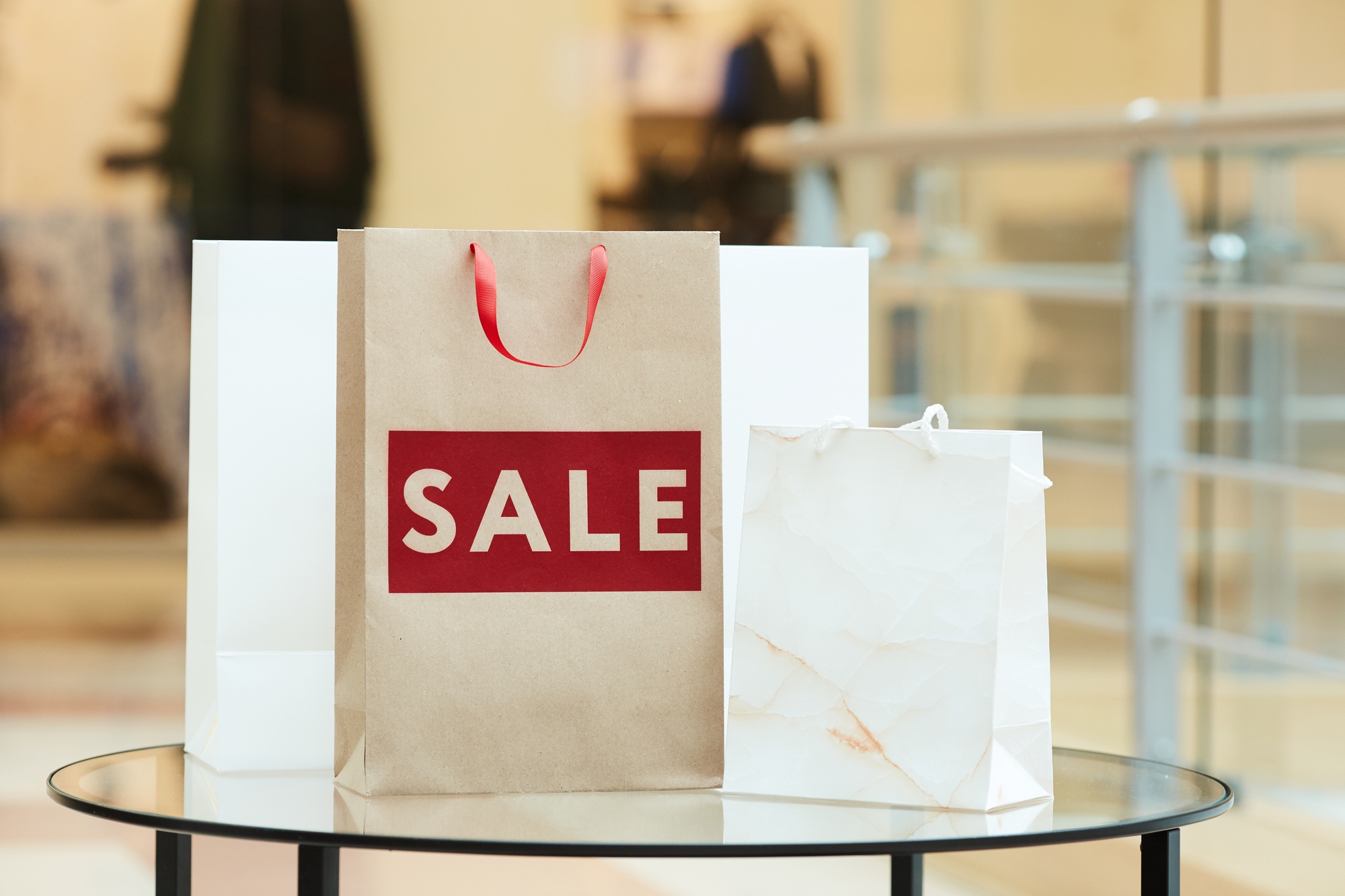
Technology is revolutionizing in-store marketing, making it easier for small businesses to enhance customer experiences and boost engagement.
Digital Displays
Digital displays transform the retail environment through interactive features. Interactive displays invite customers to engage actively, utilizing touchscreens and gesture controls. You can capture attention with vibrant visuals and dynamic content, creating memorable shopping experiences. Personalization is a significant advantage of digital displays; they deliver tailored content based on real-time customer data. By understanding customer preferences, you can offer relevant promotions that resonate, fostering a sense of value and connection.
Mobile Integration
Mobile integration links in-store experiences with customers’ smartphones, bridging the gap between digital and physical shopping. You can use targeted promotions through social media and mobile apps to reach customers directly while they browse. By offering exclusive deals or loyalty rewards via mobile platforms, you encourage customers to shop more frequently. Additionally, integrating local marketing strategies through mobile engagement enhances your brand’s visibility in the community, driving traffic to your store and increasing word-of-mouth referrals.
Measuring the Effectiveness of In Store Marketing
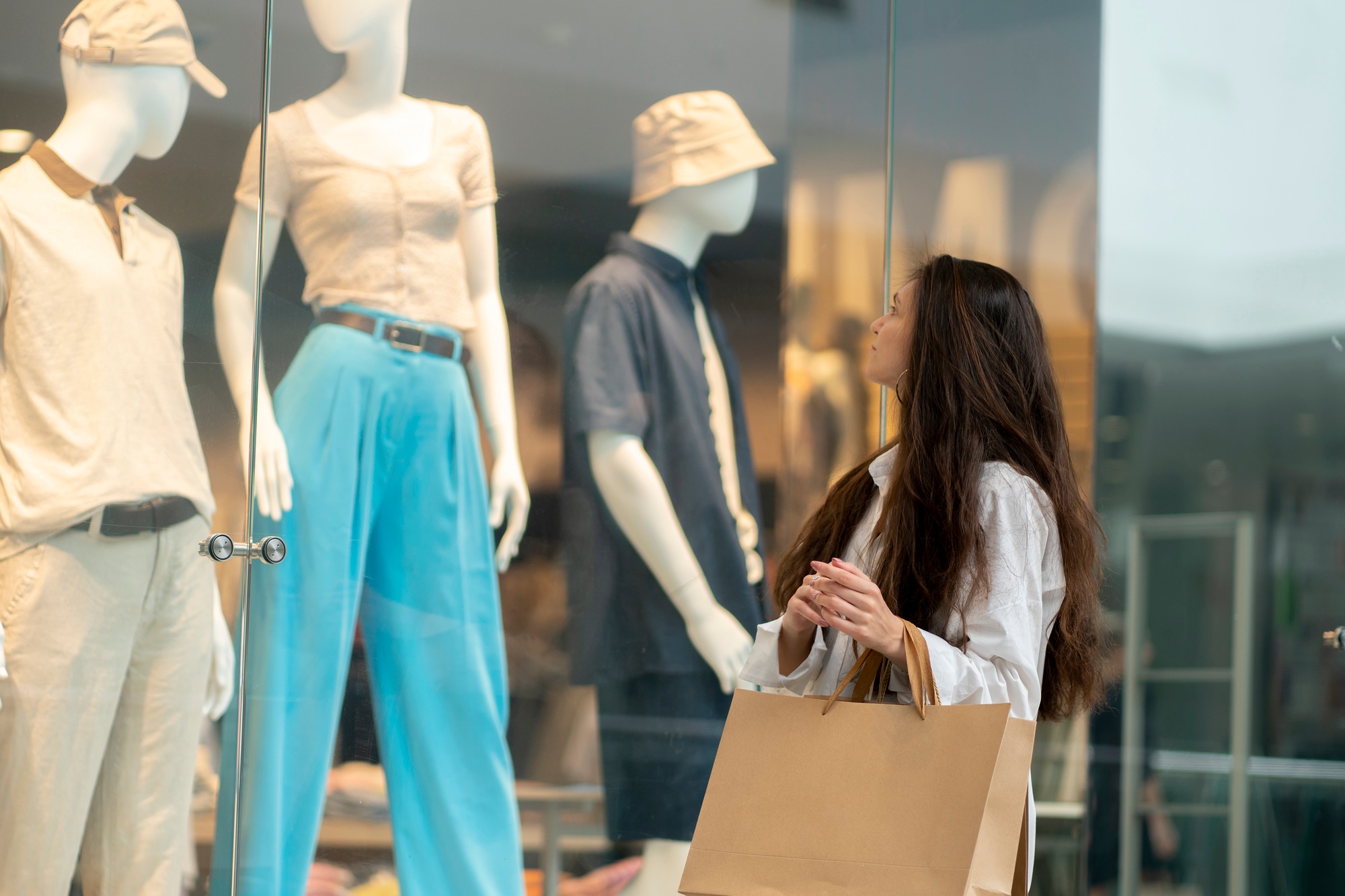
Track key performance indicators (KPIs) to measure the effectiveness of your in-store marketing. Focus on sales and revenue, customer acquisition and retention, as these metrics provide insights into your marketing strategies.
Sales and Revenue
- Track revenue generated during and after your marketing campaigns. Measure sales for specific periods, products, locations, and channels to assess performance.
- Monitor average transaction value (ATV) and average number of products per purchase. Understanding these metrics reveals the impact of your campaigns on customer spending habits.
Customer Acquisition and Retention
- Measure new customers acquired through your in-store marketing campaigns. This metric helps you understand the campaign’s effectiveness in expanding your customer base.
- Track customer retention rates and repeat purchase rates. These figures assess the long-term impact of your efforts on customer loyalty. Engaging shop displays can enhance these rates significantly.
Utilize social media to promote your in-store marketing initiatives. Create posts that highlight new products or exciting promotions, drawing local traffic to your store. By continuously monitoring these KPIs, you can refine your strategies for an effective local marketing approach.
Conclusion

Harnessing the power of in-store marketing can transform your retail space into a dynamic experience. By focusing on engaging atmospheres and strategic placements you can influence customer behavior and drive sales.
Implementing effective visual merchandising and utilizing technology can make your store stand out in a competitive market. Remember that every detail counts from eye-catching displays to personalized digital content.
Measuring your efforts through key performance indicators ensures you’re on the right track. With the right strategies in place you’ll not only enhance customer satisfaction but also foster loyalty that keeps them coming back. Embrace in-store marketing as a vital tool for your business’s success.
Frequently Asked Questions

What is in-store marketing?
In-store marketing refers to strategies used by retailers to enhance the shopping experience and influence customer behavior. It includes store layout, color schemes, product placement, and promotional materials aimed at engaging customers and driving sales.
Why is in-store marketing important?
In-store marketing is crucial because it directly affects customer interactions and purchase decisions. A well-designed retail environment can create an immersive experience, boost sales, and increase customer loyalty by encouraging repeat visits.
What are some common in-store marketing strategies?
Common in-store marketing strategies include visual merchandising, strategic product placement, and promotional signage. These tactics help create an engaging shopping environment, enhance visibility of products, and communicate important offers to customers.
How does visual merchandising influence customer behavior?
Visual merchandising utilizes appealing displays and thematic setups to captivate customers. By creating a visually attractive environment, it enhances their shopping experience, encourages exploration, and can significantly influence purchasing decisions.
What role does technology play in in-store marketing?
Technology enhances in-store marketing through digital displays and mobile integration. Digital signage offers interactive features and personalized content, while mobile integration connects store experiences to customers’ smartphones, promoting targeted promotions.
How can local marketing benefit small businesses?
Local marketing helps small businesses by promoting local products and fostering community connections. Utilizing social media and local marketing initiatives can drive traffic to physical stores, increase brand visibility, and encourage customer loyalty.
How can retailers measure the effectiveness of in-store marketing?
Retailers can measure effectiveness by tracking key performance indicators (KPIs) such as sales revenue, average transaction value, and customer retention rates. Monitoring these metrics during marketing campaigns can help assess long-term impacts and refine strategies for better results.
Image Via Envato: msvyatkovska, Albertshakirov, MikeShots, AnnaStills, TatyanaOt, BGStock72, Sorapop, DC_Studio


